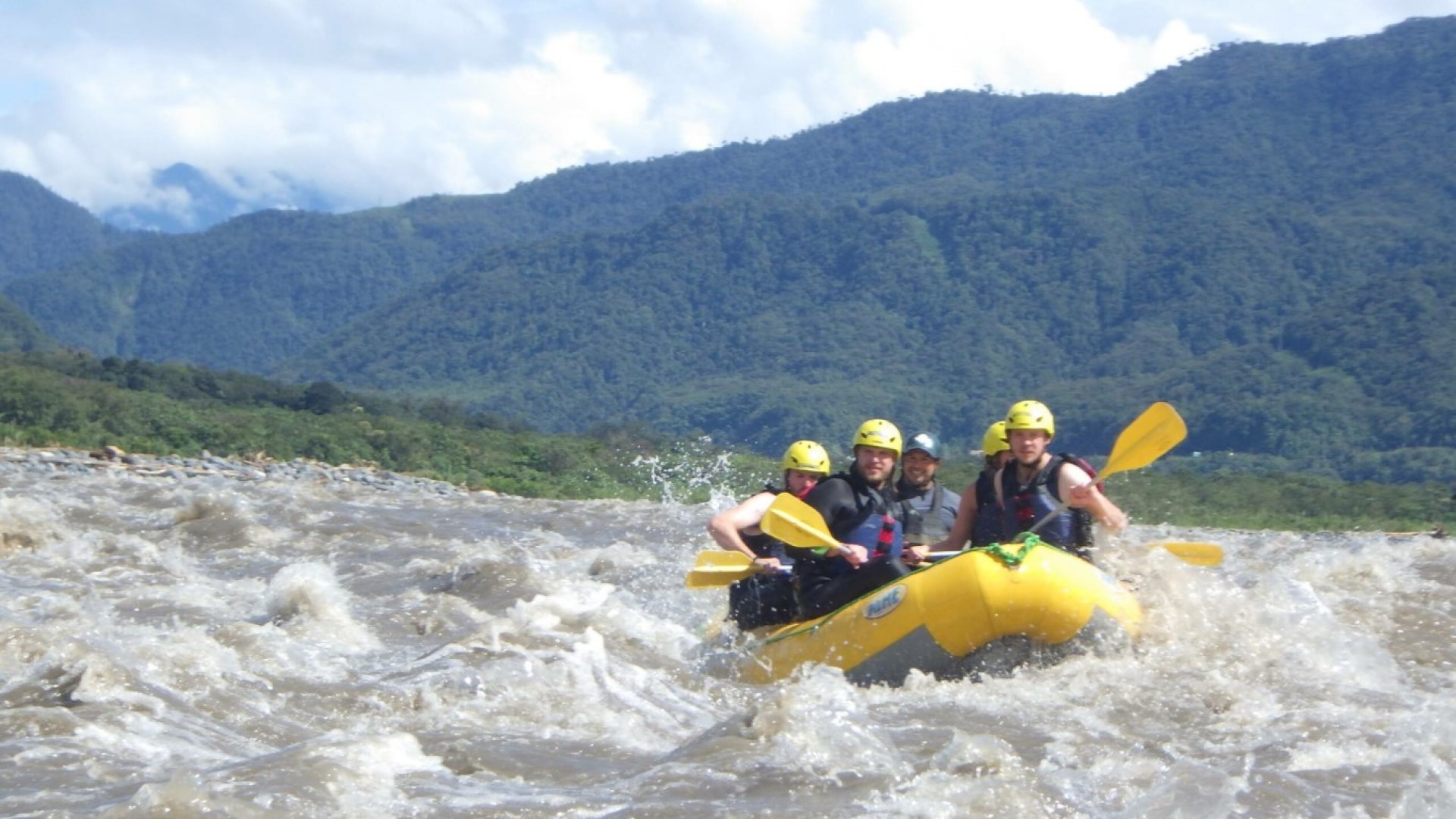Why Visit Galápagos, and Which Islands Can I Visit?
Since 1978, the Galápagos Islands have been declared a UNESCO World Heritage Site, making them a unique destination. The archipelago is home to a wide variety of flora and fauna, some of which are endemic. Nature and science lovers will find in Galápagos a true living laboratory with a variety of animals, including giant tortoises, marine iguanas, and blue-footed boobies. In addition to its abundant biodiversity, the archipelago offers a peaceful atmosphere and incredible landscapes, making each island a unique experience.
Reasons to Visit Galápagos
Galápagos is a must-visit destination for several reasons:
In Galápagos, you will experience the unique opportunity to see animals in their natural habitat, such as giant tortoises and marine iguanas. It feels like being in a documentary! You can also swim alongside hammerhead sharks, manta rays, and tropical fish.
Moreover, it’s a historic place, key to Darwin's theory of evolution, where animals don’t fear humans, offering you a close connection to nature.
Tourism on the islands is eco-friendly, with strict regulations to protect the fragile ecosystem, so your visit contributes to its conservation.
Lastly, the landscapes are breathtaking: white sandy beaches, volcanoes, cliffs, and green hills that will leave you in awe.
Main Islands to Visit in Galápagos:
The Galápagos archipelago includes several large islands and over 100 islets. Some of the most notable islands for tourists are:
- Santa Cruz Island: Tourist hub and home to the Charles Darwin Research Station and the famous Tortuga Bay.
- Isabela Island: The largest island, featuring five active volcanoes and unique northern hemisphere penguins.
- San Cristóbal Island: Home to the provincial capital and Kicker Rock, perfect for snorkeling and diving.
- Española Island: Great for spotting albatrosses and other species, with sites like Punta Suárez.
- Floreana Island: Known for its fascinating history and spots like Devil's Crown, ideal for diving.
Best Time to Visit:
From December to May, the weather is warm, and the sea is calm, ideal for swimming. From June to November, it’s perfect for spotting marine life, such as whale sharks.
Recommendations for Your Visit to the Galápagos Islands
- In Galápagos, it's crucial to follow conservation rules to minimize environmental impact. Respect the local wildlife, keep a safe distance from animals, and don’t leave any waste behind.
- Make sure to travel with certified tour operators who follow the best environmental practices.
- Bring a camera with you, as you won’t want to miss the opportunity to capture some of the most spectacular landscapes in the world.

Nature and science lovers will find in Galápagos a true living laboratory with a variety of animals, including giant tortoises, marine iguanas, and blue-footed boobies. In addition to its abundant biodiversity, the archipelago offers a peaceful atmosphere and incredible landscapes, making each island a unique experience.


















